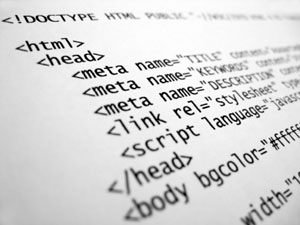What's left for HTML5?
 HTML5 edition has completed a long journey throughout its development as the major powerhouse of leading browsers. This summer W3C revealed the course of its development during the last five years as the major coding specification which has been adopted by the browser market, and it needs to be seen that where this specification will stand with the still ongoing refinements.
HTML5 edition has completed a long journey throughout its development as the major powerhouse of leading browsers. This summer W3C revealed the course of its development during the last five years as the major coding specification which has been adopted by the browser market, and it needs to be seen that where this specification will stand with the still ongoing refinements.
The CEO of Kaazing, Jonas Jacobi explained that the testing area was the major cause of concerns that need to be tackled properly, and W3C is constantly failing in this area. He explained further that the real problem arose when the browser codes are implemented. HTML5 was developed to streamline the multiple versions of the HTML codes and thus provide the much-needed compatibility while dealing with codes developed by various versions across the browsers. The HTML5 specifications involve the standards such as CSS3 and WebSocket that need to be implemented in its entirely. Most of the browser vendors are rushing through to implement HTML5 without any standardized rules when to implement them. Its decision regarding implementation has been left to the vendors and until the browsers implement almost all the features of HTML5, the gap will persist.
The uses of browsers have recently extended to many other new devices, and it is no longer limited to the desktop. As the mobile applications and tablets are gaining popularity, HTML5 has to consider the requirements of small screens as well. And this area as well has been another concern as Mark Zuckerberg the renowned founder of the Facebook described it as being highly inappropriate for use in tablets and small-screen devices.
Besides Facebook, PhoneGap is another popular platform that brings HTML5 to many applications. Many new players are shepherding to challenge the global leader in this market segment and Adobe as well as the Apache Foundation with their open source code Project Cordova, and many other developers are increasingly relying on that framework.